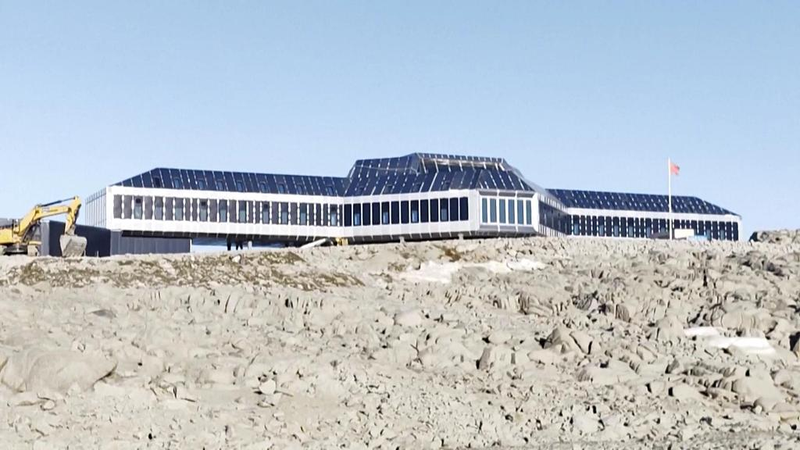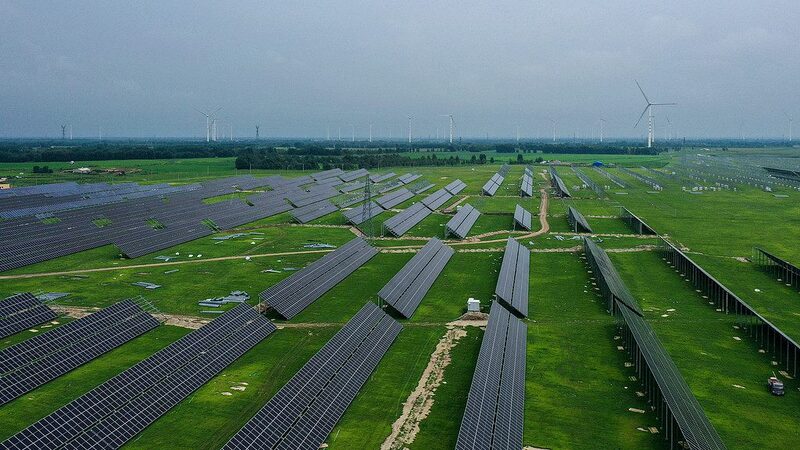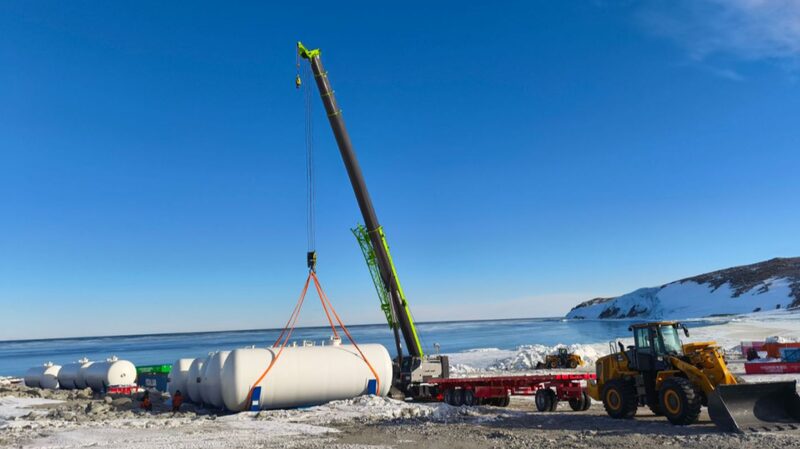China is setting the pace for sustainable polar exploration with its groundbreaking renewable energy advancements at the Qinling Station in Antarctica, experts say. 🌱 The station, launched in February 2023, recently activated a cutting-edge hybrid power system that combines wind, solar, and hydrogen energy—slashing reliance on fossil fuels and setting a new benchmark for eco-friendly research hubs.
🔋 According to Sun Hongbin, a top polar energy scientist, the system generates over 60% of its power from clean sources and can sustain critical operations for 2.5 hours during low sunlight or wind. 'This is a game-changer for Antarctic science,' he noted, highlighting that most of the continent’s 90+ research stations still depend on 90% fossil fuels, driving up carbon emissions.
❄️ China’s 12-year roadmap for Antarctic clean energy, developed with global research partners, aims to scale these innovations. Kim Yeadong, ex-leader of the Scientific Committee on Antarctic Research, praised the project for tackling polar energy challenges while delivering a 'Chinese solution' to global climate goals. 'Stable, green power in extreme environments is no longer a pipe dream,' he added.
💡 As nations race to protect Earth’s last wilderness, China’s tech-driven approach could inspire a wave of low-carbon research hubs—proving sustainability and cutting-edge science can go hand in hand. 🌏✨
Reference(s):
China leads green energy transition in Antarctic exploration: Experts
cgtn.com







